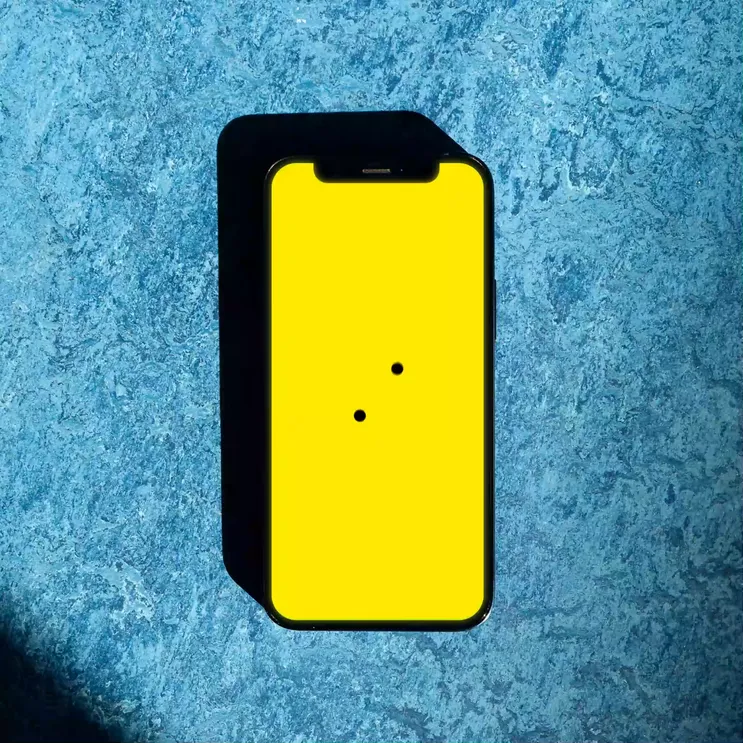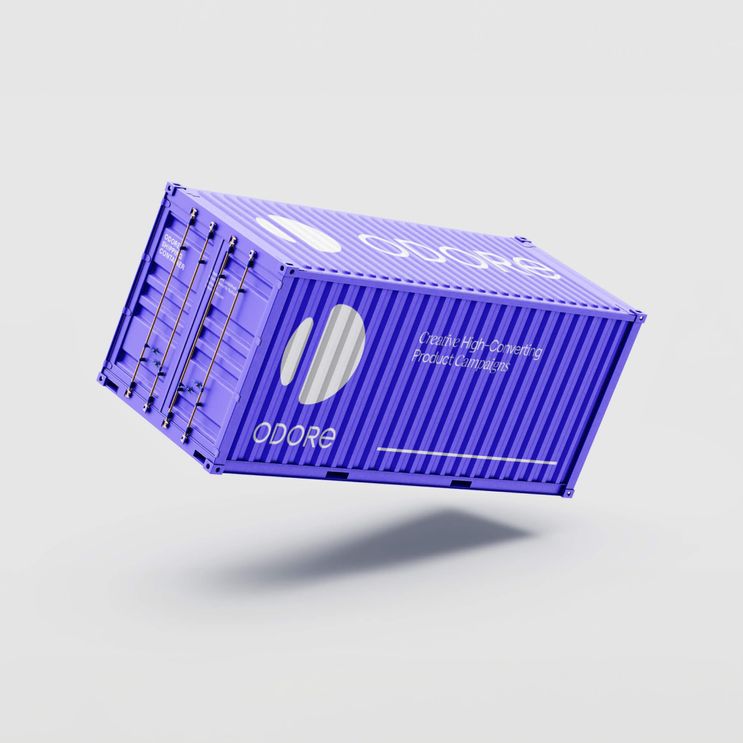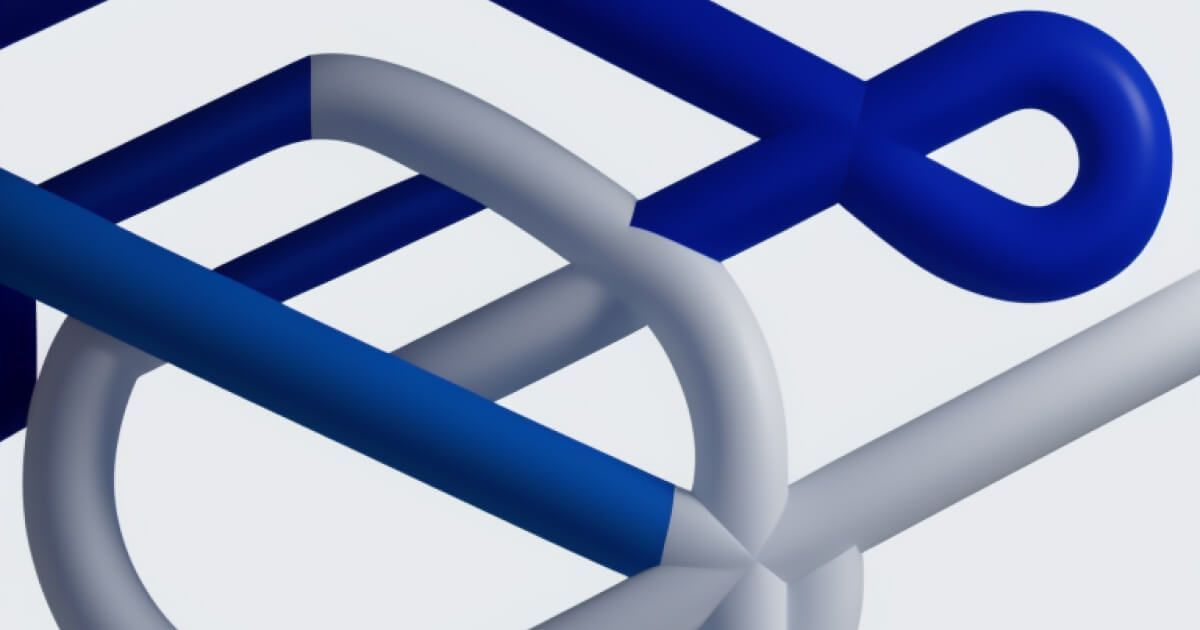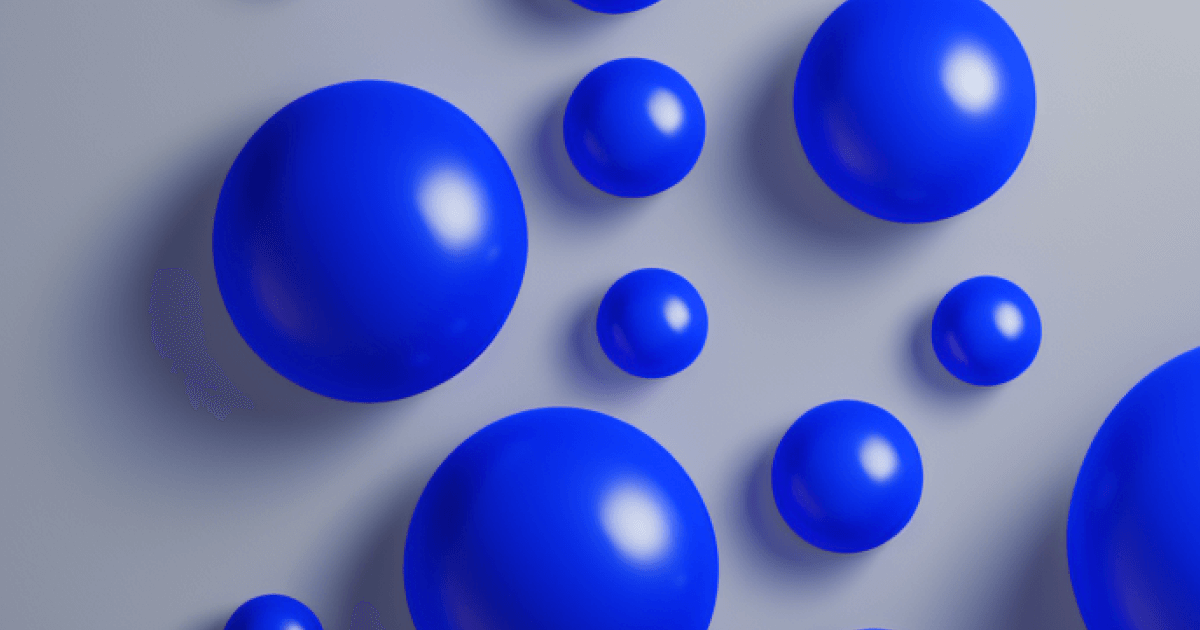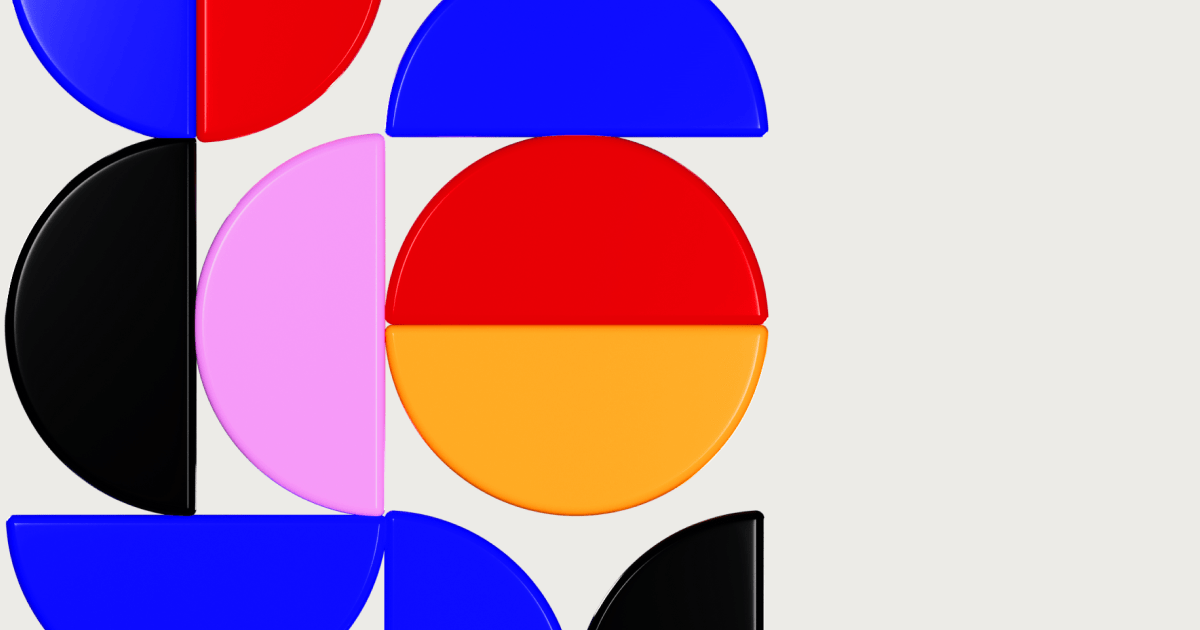Design
5 min read
The Goal Gradient Effect: Why You Work Harder as You Get Closer to Your Goal
Ah, the sweet smell of success! It’s nearly as intoxicating as that first sip of morning coffee or a slice of warm apple pie straight from the oven.
It makes our hearts race, our minds tingle, and our spirits soar. But have you ever noticed that the closer you get to your goal, the harder you seem to work?
Welcome to the fascinating world of the Goal Gradient Effect.
Running Rats and Hypnotised Humans
The Goal Gradient Effect is a concept that psychologists first stumbled upon while observing rats. In the 1930s, Clark Hull, an influential psychologist, set up a simple experiment. He placed a rat at one end of a runway and a food reward at the other end. Fascinatingly, as the rat got closer to the food, it started running faster.
Hull coined this as the Goal Gradient Effect – a phenomenon where motivation increases as we move closer to a goal. Sounds familiar, doesn’t it? Think about those moments when you’ve been engrossed in a good book and as you approach the final pages, you start to read faster. Or that time you were on a hike and you accelerated your pace as you neared the peak. The Goal Gradient Effect is not just for rodents; it’s an integral part of our everyday lives.
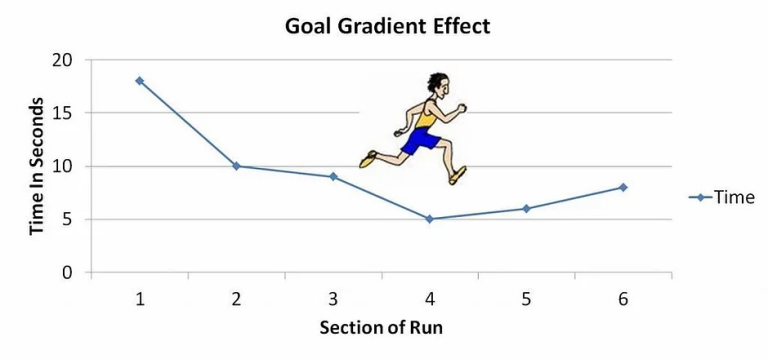
Punching that Loyalty Card
Does the idea of a free cup of coffee after buying ten sound enticing? This is another excellent example of the Goal Gradient Effect. Companies often use punch cards to promote customer loyalty. The closer we get to filling up the card, the more coffee we’re likely to purchase to reach the freebie goal.
Similarly, if you’ve ever participated in a charity fun run, you’ll know the last mile is where you give it your all, irrespective of how exhausted you might be. That’s the Goal Gradient Effect, subtly nudging you to push past the pain and cross the finish line.
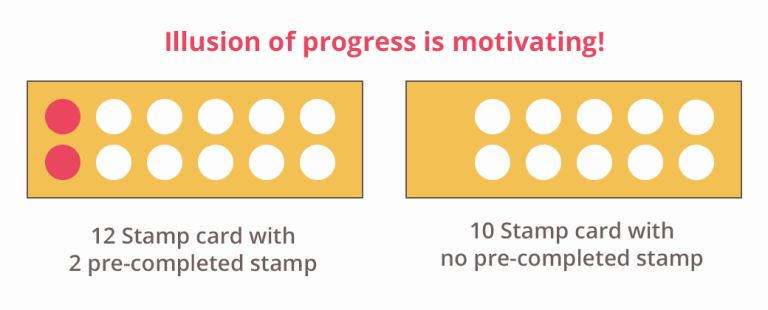
Can we Trick our Minds?
One of the most intriguing aspects of the Goal Gradient Effect is the potential for a little bit of psychological trickery. Studies have shown that the effect can be manipulated. If we believe we’re closer to our goals, we’re likely to work harder to achieve them.
Take for example the coffee punch card again. A study published in the Journal of Consumer Research found that if a coffee card starts with a couple of “free” punches, customers actually buy coffee more frequently than if they started with a completely empty card. Even though they still have to purchase the same number of coffees, they feel they’re closer to the goal, hence pushing them to achieve it sooner.
Harnessing the Power of the Goal Gradient Effect
The Goal Gradient Effect is not just a fascinating psychological concept; it’s a tool that we can utilise to boost our motivation and productivity. Whether we’re trying to reach a fitness goal, write a novel, or simply get through our daily to-do list, breaking our goal down into smaller milestones can give us that sense of approaching victory, which will naturally propel us forward.
So, the next time you find yourself dragging your feet towards a goal, remember the Goal Gradient Effect and those energetic rats. Break down your goal into smaller, manageable parts and watch your motivation accelerate as you get closer to the finish line. Let’s face it; we’re all just rats in a race – but with the Goal Gradient Effect, we can be rats with a victory dance!
Remember, as the good old saying goes, “It always seems impossible until it’s done.” Thanks to the Goal Gradient Effect, we’re one step (or rat-run) closer to turning the impossible into possible!












